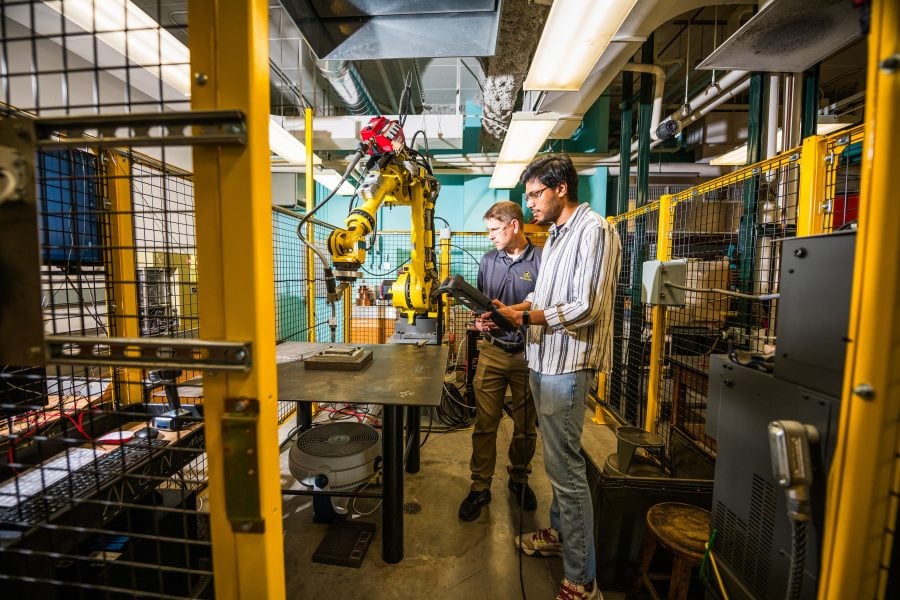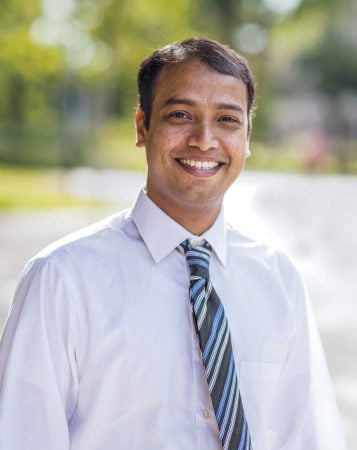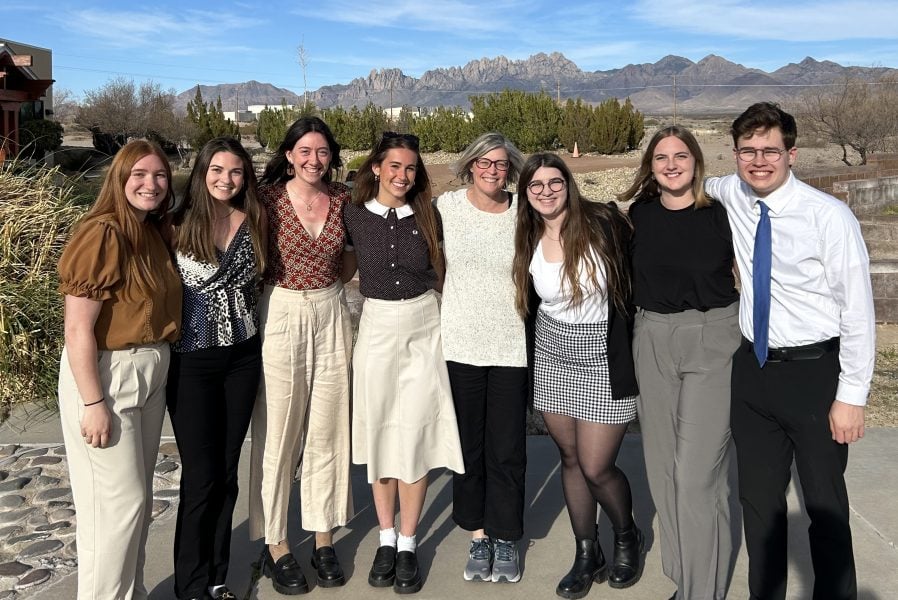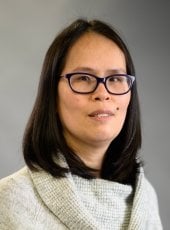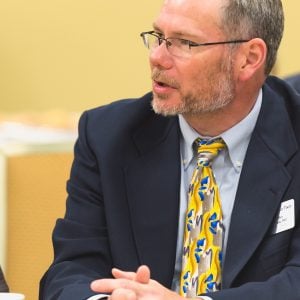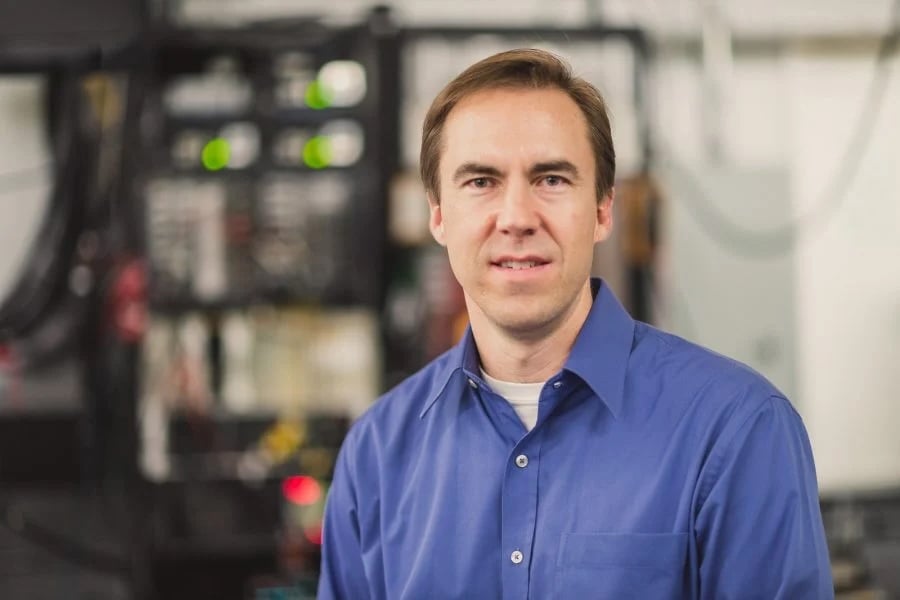
Sometimes, it is as easy as rocket science. That’s been the focus of L. Brad King’s career since the beginning—and the Richard and Elizabeth Henes Endowed Professor of Space Systems with the Department of Mechanical and Aerospace Engineering is going back to basics as this year’s First-Year Engineering Lecture series speaker.
Part of an annual College of Engineering series hosted by the Department of Engineering Fundamentals, King’s lecture, entitled “You’re Good at Math and You Like to Build Things, Now What?,” will cover his expansive career as well as provide practical advice to students on what to expect as they become engineers. This special event, which is exclusively for first-year engineering students, takes place at 6 p.m. on Tuesday, Sept. 9, in Michigan Tech’s Rozsa Center for the Performing Arts.
